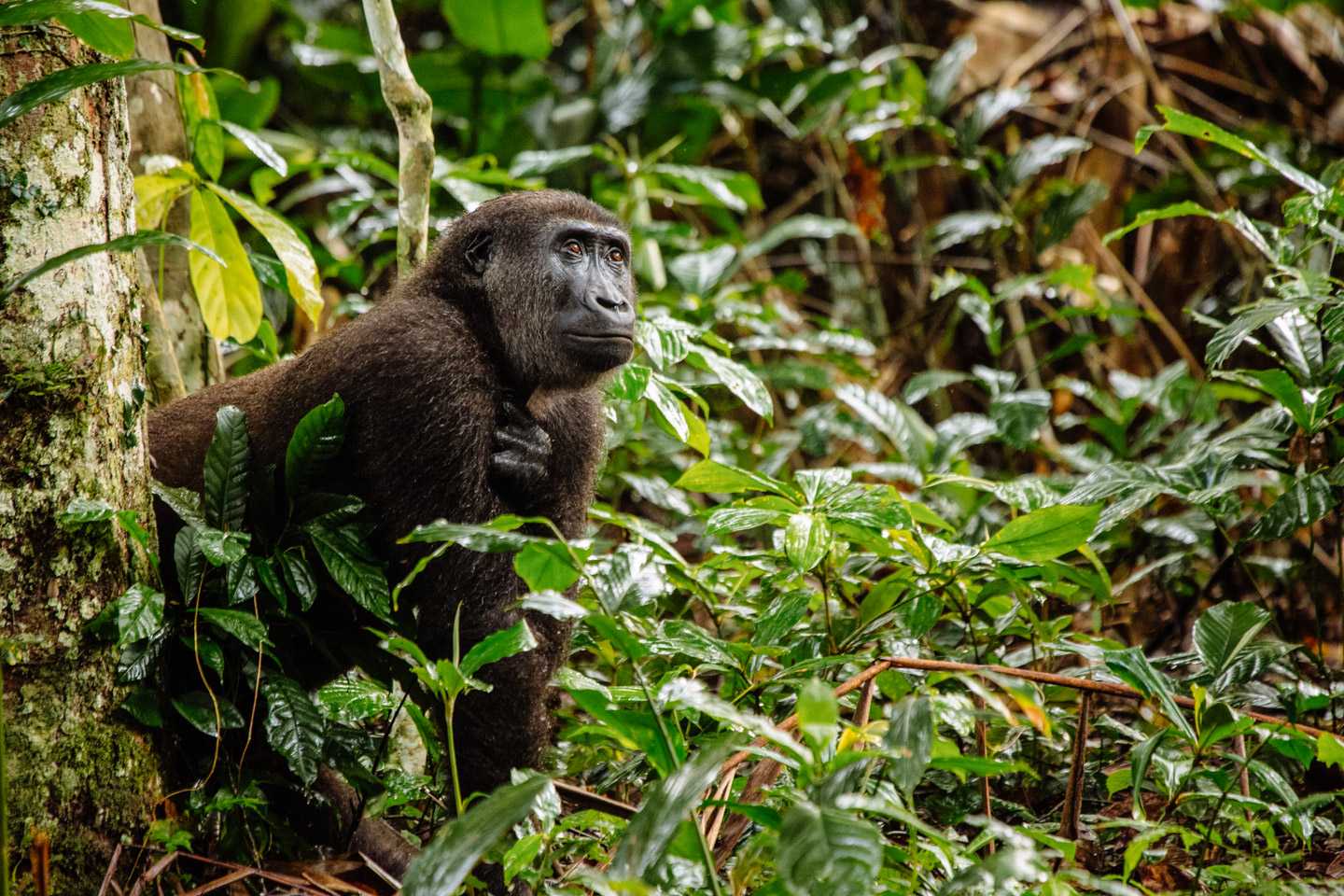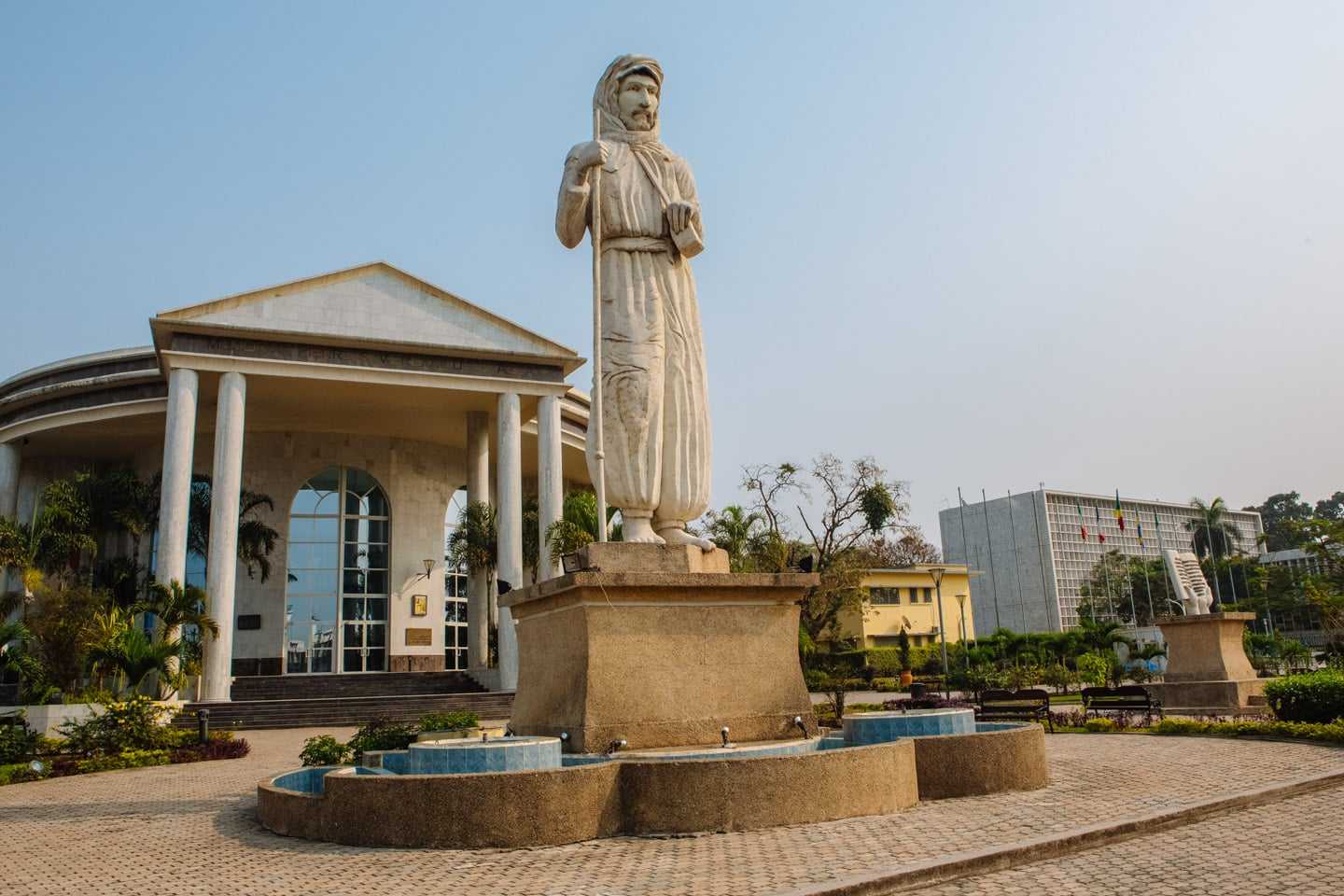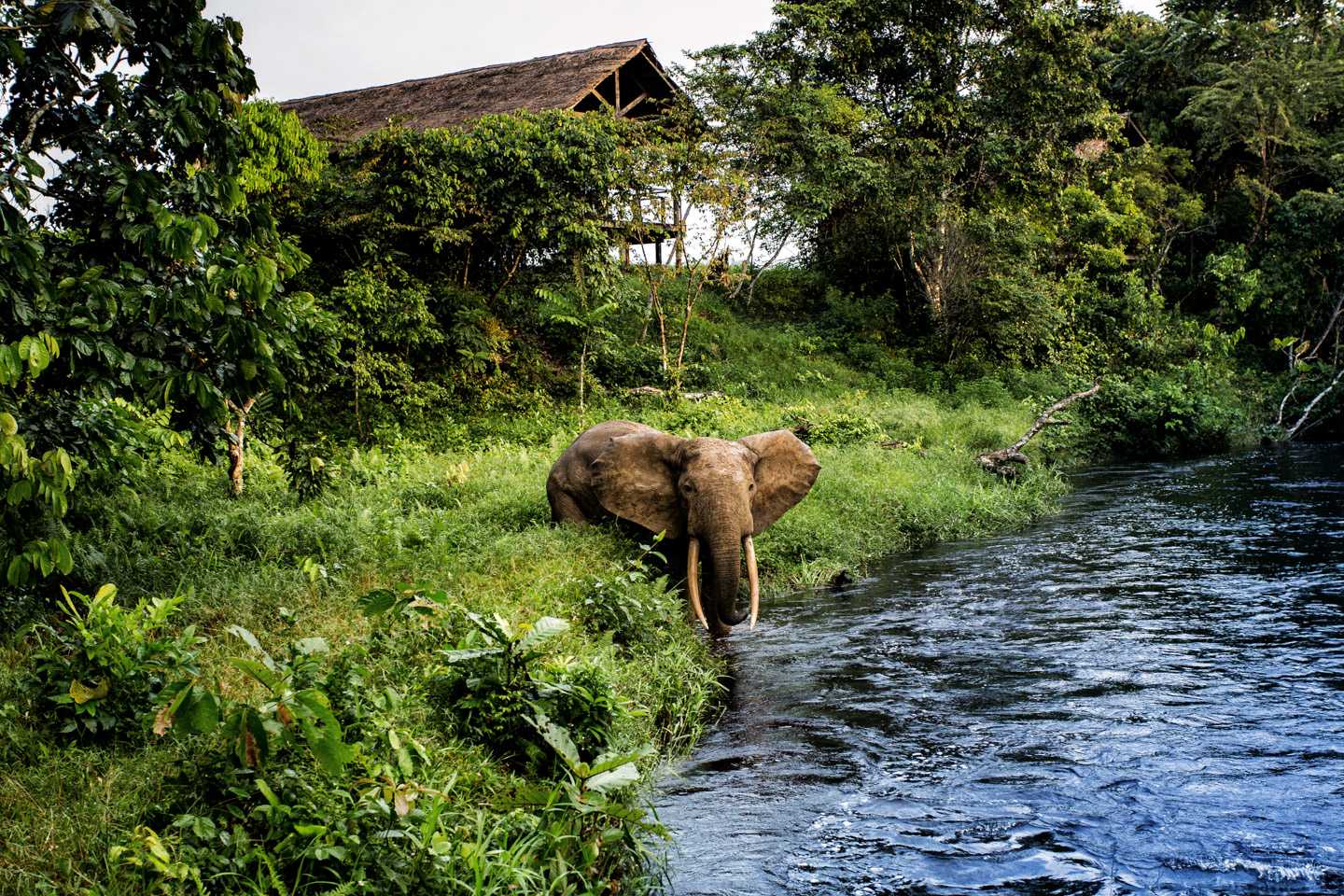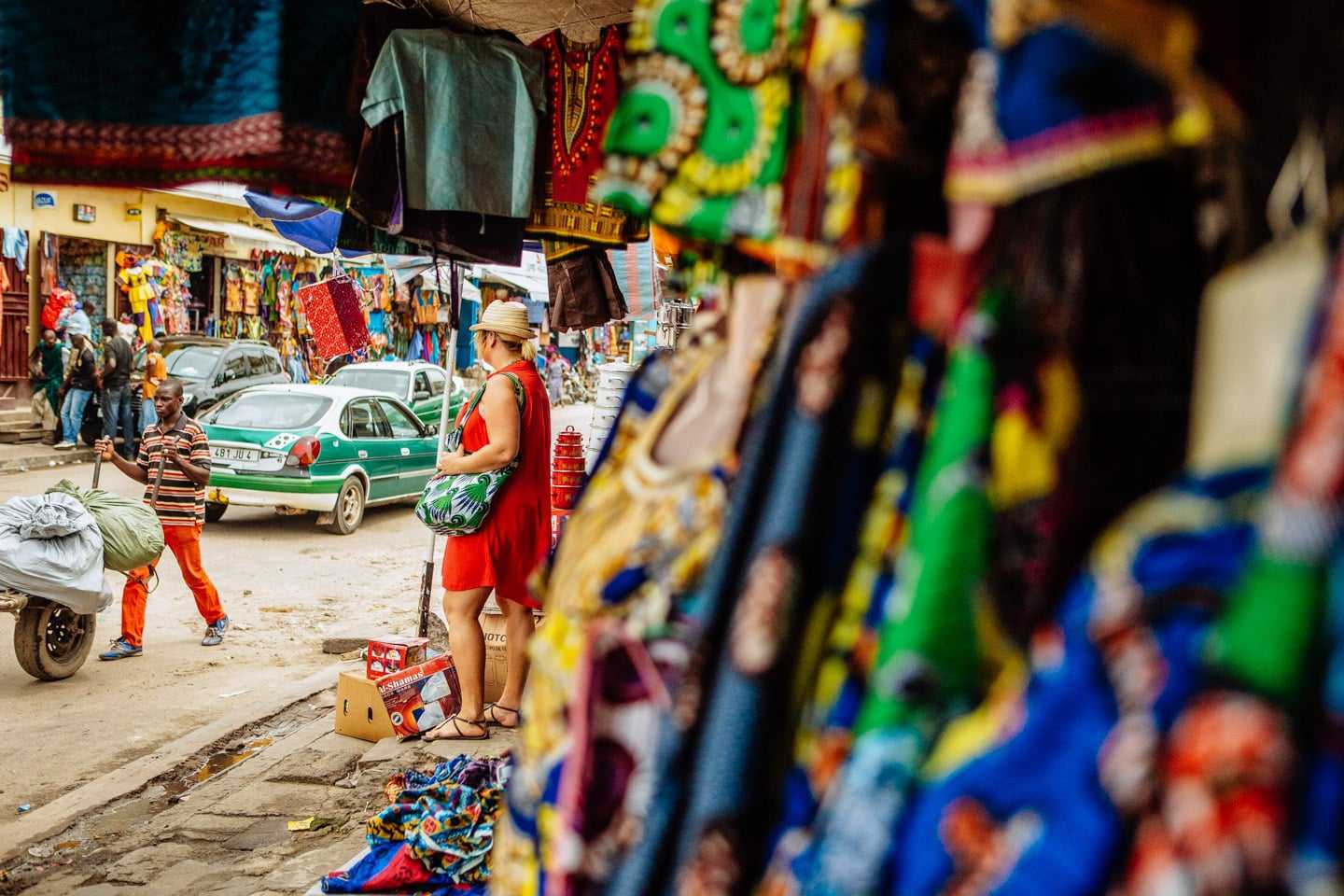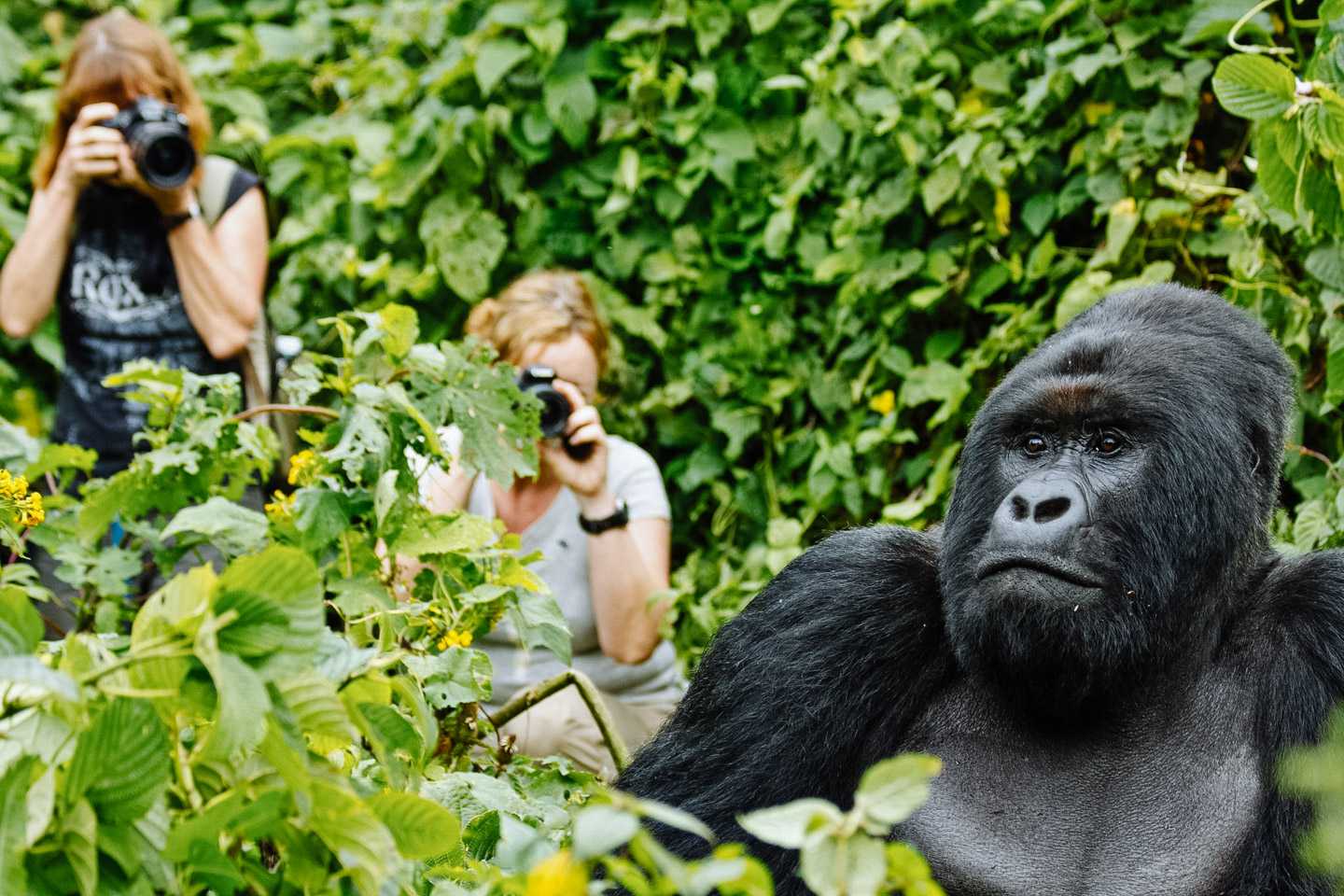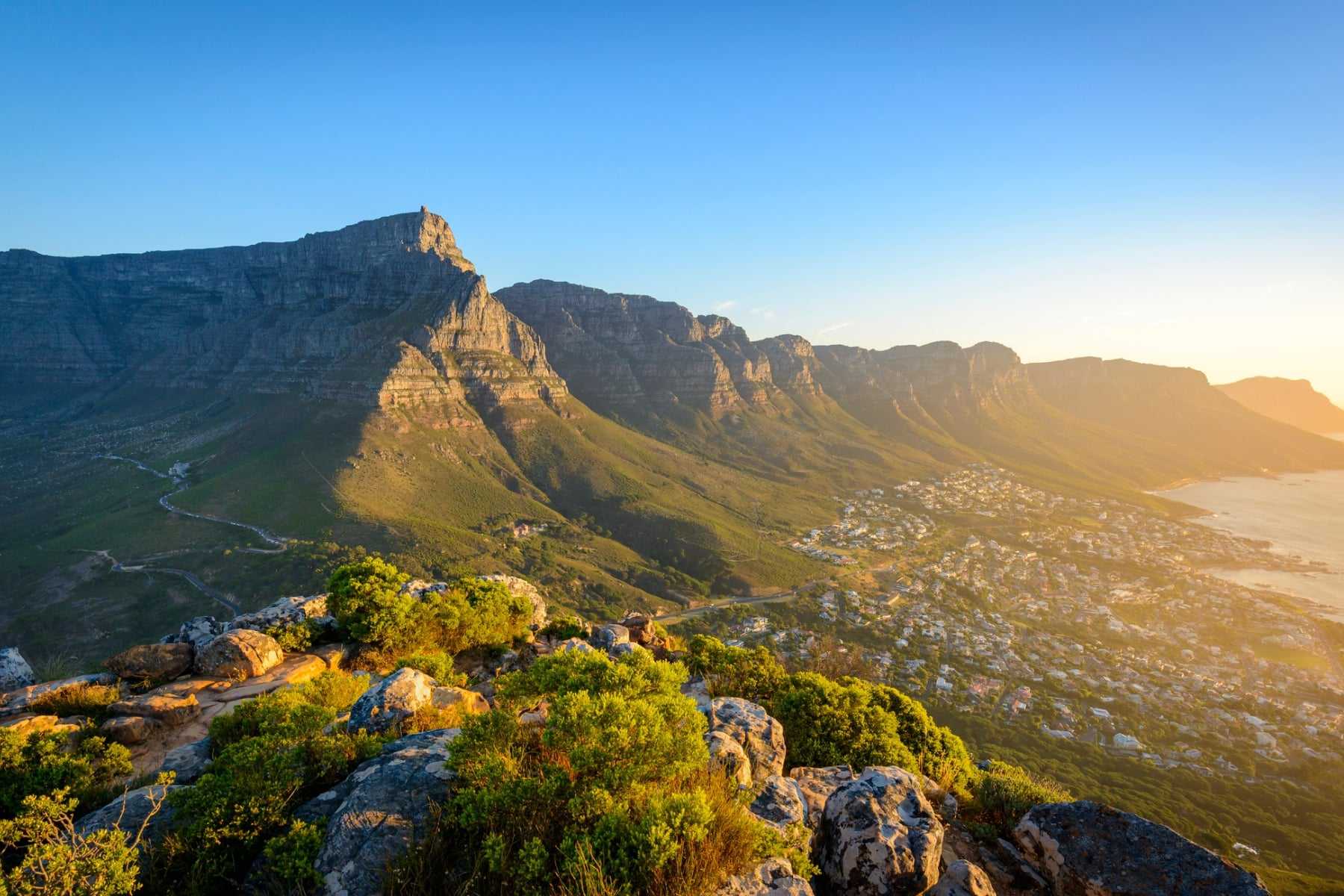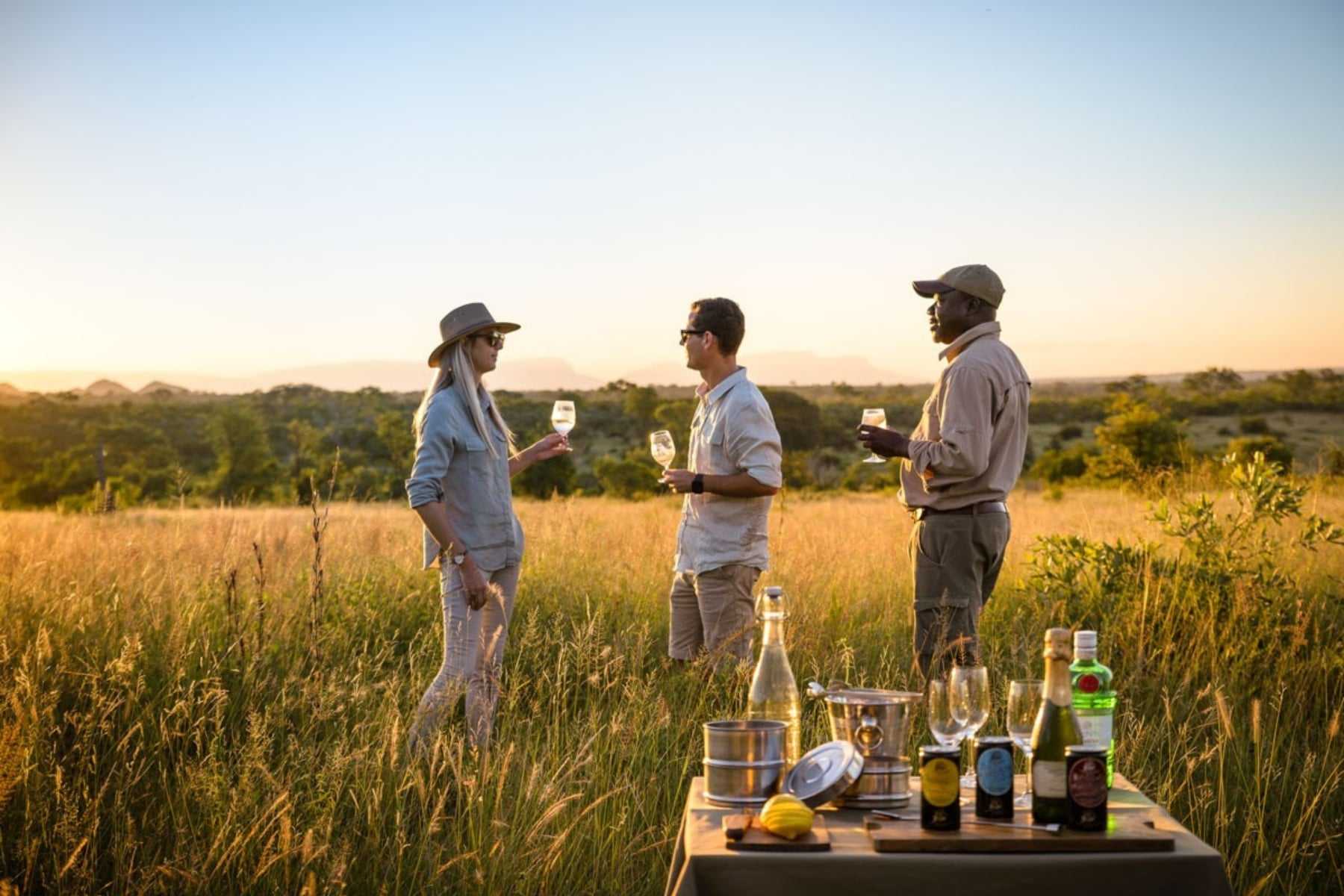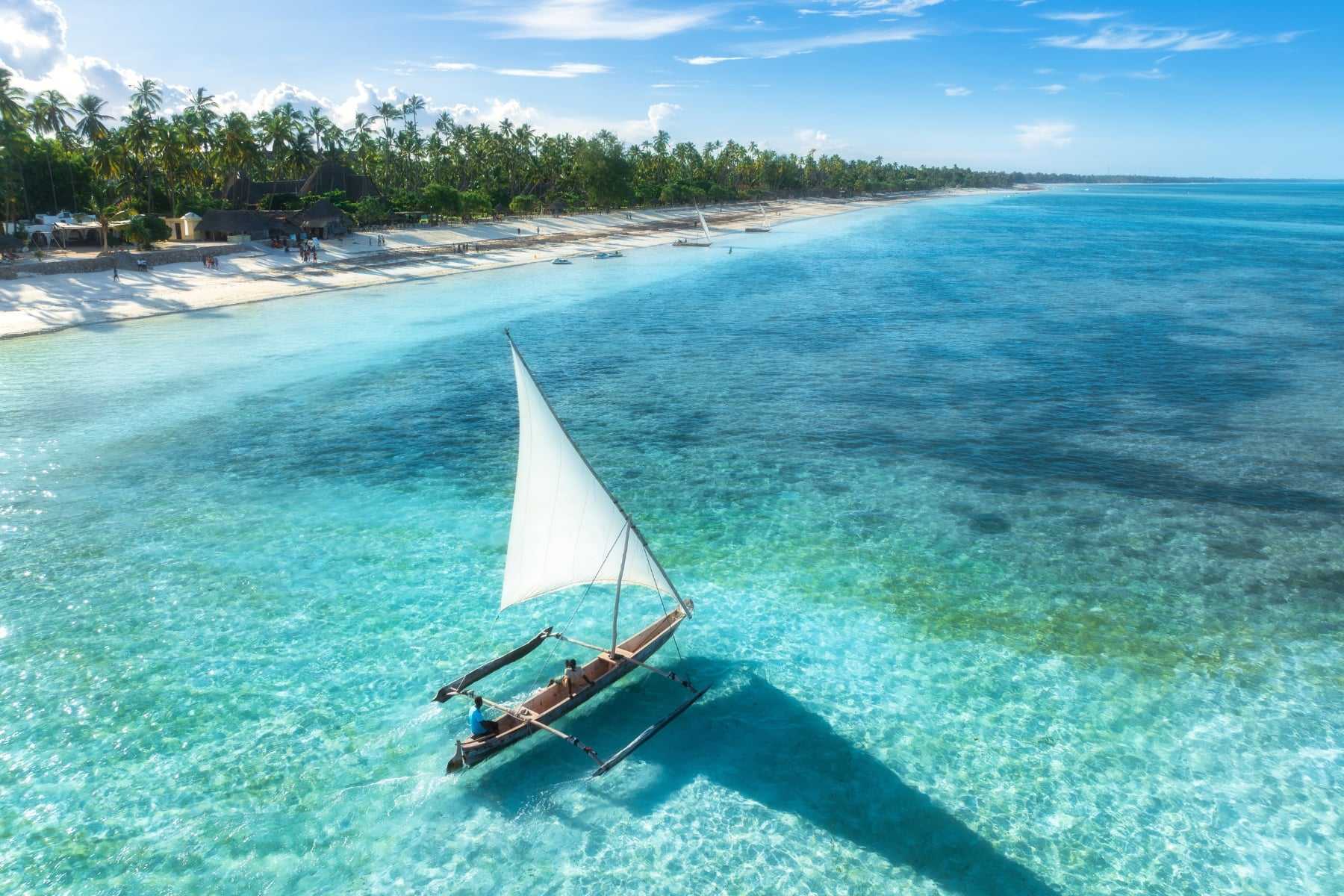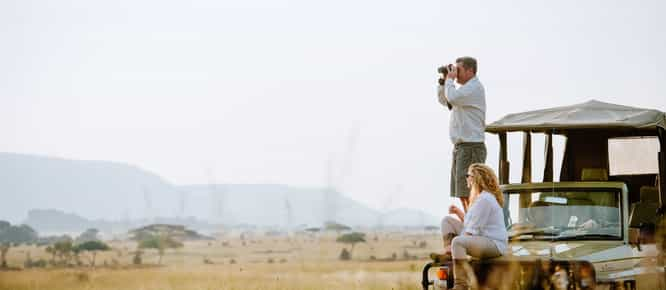Congo
The word itself stirs the imagination, evoking images of thick rainforest filled with wild chimps, colourful birds, gorillas and shrieking bonobos, and a great wide river, fishermen drifting slowly past on their shallow canoes. But the Congo is also synonymous with suffering: war, poverty, and densely populated cities sprawling out into the wilderness. This truth is that the Congo or the democratic Republic of the Congo is all these things, and a whole lot more bundled into the muggy, humid, beautiful madness of Central Africa.
Not everyone is aware that the Congo is split into two entirely different countries—The Democratic Republic of the Congo (DRC), and the Republic of Congo. The two are separated by one of the most famous natural wonders in Africa, the Great Congo River, that winds through the heart of Central Africa and spills out into the Atlantic Ocean.
So, how do you begin to plan a trip? Is it safe to travel to the Congo? Where should you be looking to visit? Here’s a bit more information to get you up to speed…
Congo’s History
Like many countries in Africa, the Congo has been shaped, both geographically and socially, by the knife of European colonists, who carved up spaces of the continent during the “Scramble for Africa” between 1881 and 1914.
In the late 15th Century, the Congo River Delta was a major commercial hub for trade, and the point at which the first inhabitants of the Congo came into contact with Europeans. Belgium was the first country to lay claim to the Congo territory (previously known as the Zaire region) in 1885, and the land became the private property of Leopold II. The Belgian government took hold of the land in 1908, naming it “Belgian Congo”, and by 1960, the country gained its independence under the name “Democratic Republic of the Congo” with the Capital of Kinshasa. Under the tyrannical regime of the dictatorial president, Mobutu, the country became one of the poorest and disadvantaged in the world.
On the western side of the river, the smaller and less politically troubled land of the Congo was claimed by the French in the 1880s. They named Brazzaville as its capital. On August 15, 1960 it got its independence under the name “Republic of the Congo”.
Today, in order to avoid confusion, the countries are often referred to by their capitals. Congo Brazzaville (Republic of Congo) and Congo Kinshasa (DRC).
The geography and how to get around
The dense rainforests of central Africa—largely found within the Congo Basin—are sometimes refereed to as the world’s second lung, alongside the mighty Amazon.
Home to Western lowland gorillas, chimpanzee, forest elephant, buffalo, hippo, the extremely rare bongo antelope, and roughly 100 other mammal species, the area is an important biodiversity hotspot.
Republic of the Congo
On the western side of the Congo River is the smaller Republic of Congo (Congo-Brazzaville). The somewhat stable capital city, Brazzaville, has become the springboard for safaris heading into the forests in the north, and the Odzala-Kokoua National Park, a 13 000 km² area of undisturbed primary rainforest and home to a significant population of Western lowland gorilla, including several family groups that have been habituated to human presence.
The capital of Brazzaville is sometimes referred to as the ‘Little Paris of Africa’ and has an intriguing French culture, as well an interesting cross section of markets and colourful architecture. The city dwellers are friendly and welcoming people, and it’s in a far better state than its capital counterpart, Kinshasa, just 10 kilometres across the river.
Democratic Republic of the Congo (DRC)
East of the Congo River is the much larger Democratic Republic of the Congo (DRC).
With its own breadth of magnificent rainforests, the DRC is home to much of the same forest as its sister country, but exploring them is a little more difficult due to the country’s huge size and lack of infrastructure. Sadly, the DRC has been plagued by political unrest for as almost long as it’s been in existence. Years of turmoil, and the ravages of a dictatorial government has, at times, made the country difficult to visit. In recent years, however, cautious development and the presence of the UN has bred a small, fast-growing tourism industry, centred around the magnificent Virunga National Park.
So, what’s in Virunga? The lush, forested highlands of the park are in fact the home of the famed mountain gorillas of Central Africa. Here, a small population of these unique apes survives, largely due to the passionate conservation efforts of the wardens on the ground, and the demand from tourism to conserve them.
Why go?
Despite some of the political and social problems, Congo (both countries) still holds a powerful allure for travellers to Africa searching for something a little different, on the road less travelled. Whether you venture into the Republic of Congo, with its unique parks and lowland gorillas, or delve into the DRC in search of mountain gorillas in Virunga, visiting these forests is a life-changing experience, and a true voyage into the heart of untouched Africa.
If you’re feeling adventurous, let us help you plan your Congo Safari, to either the DRC or Congo here, or read more about the best time to travel to the DRC here.
